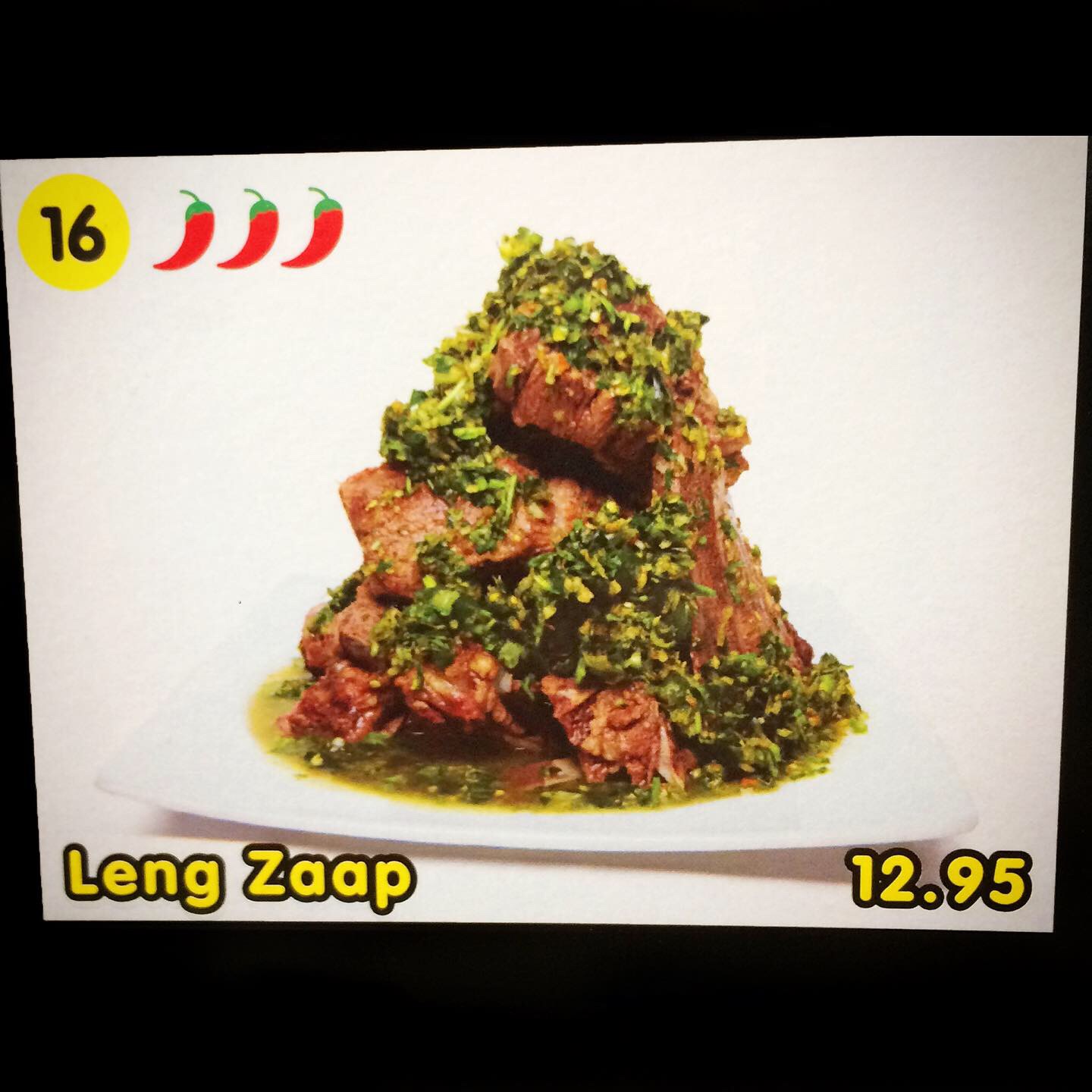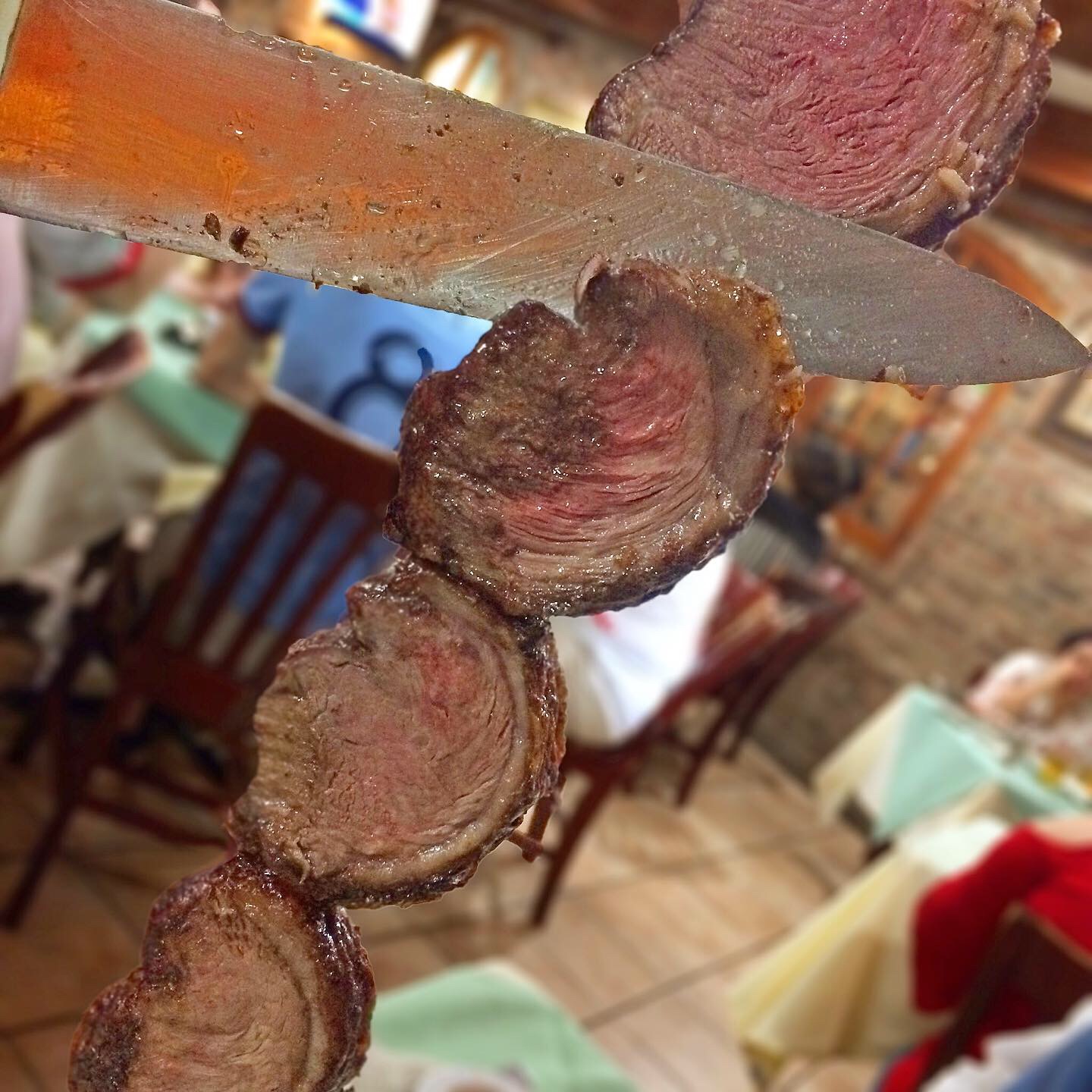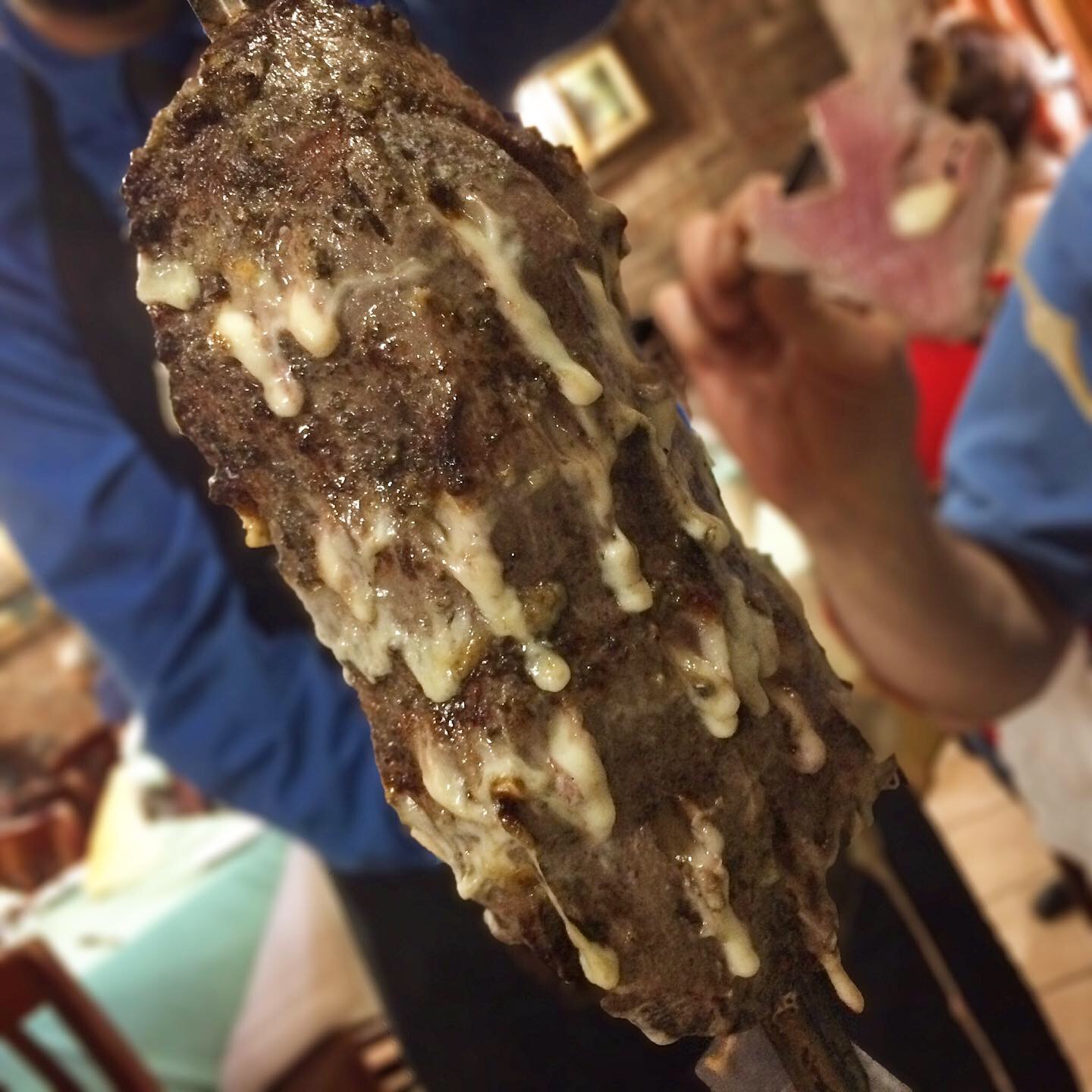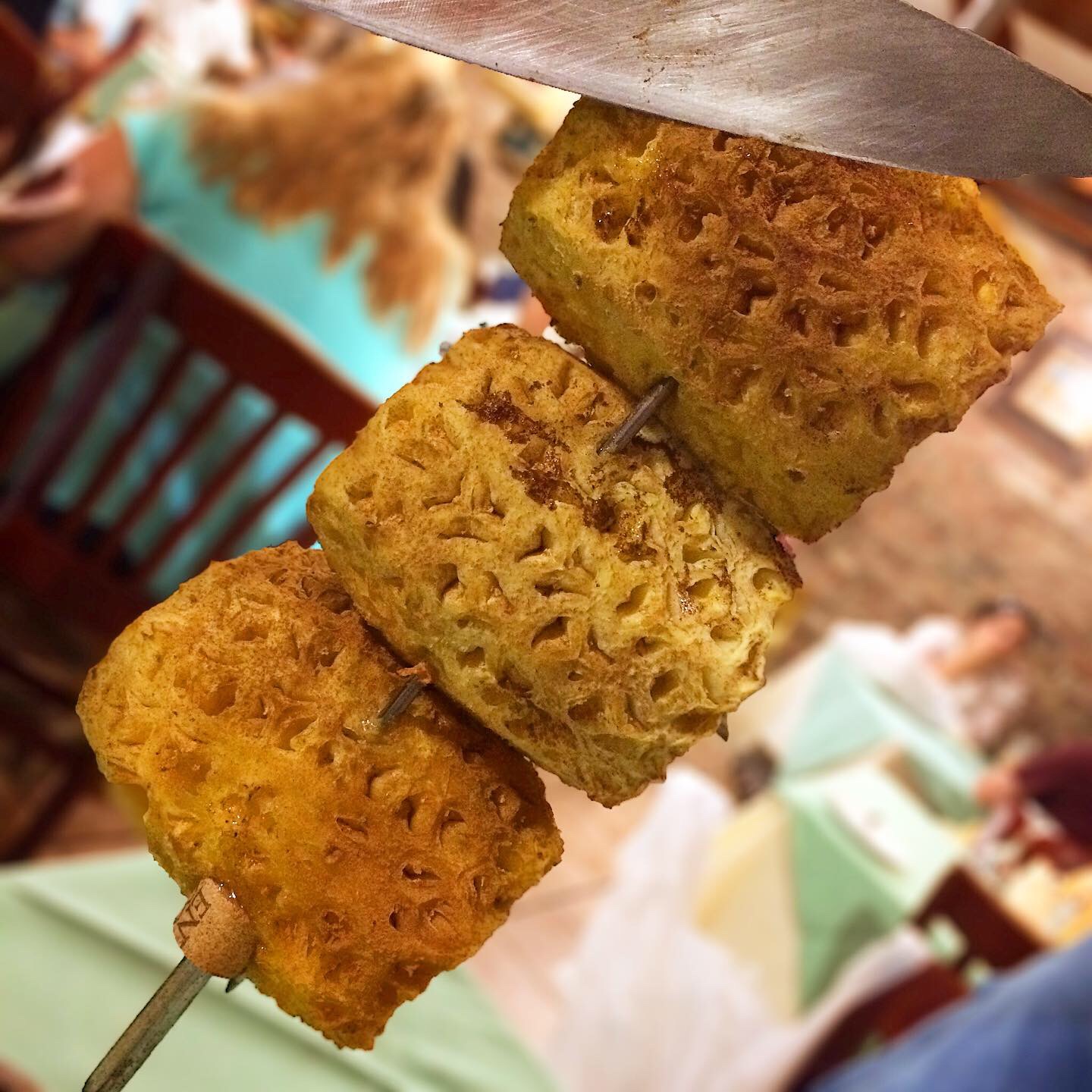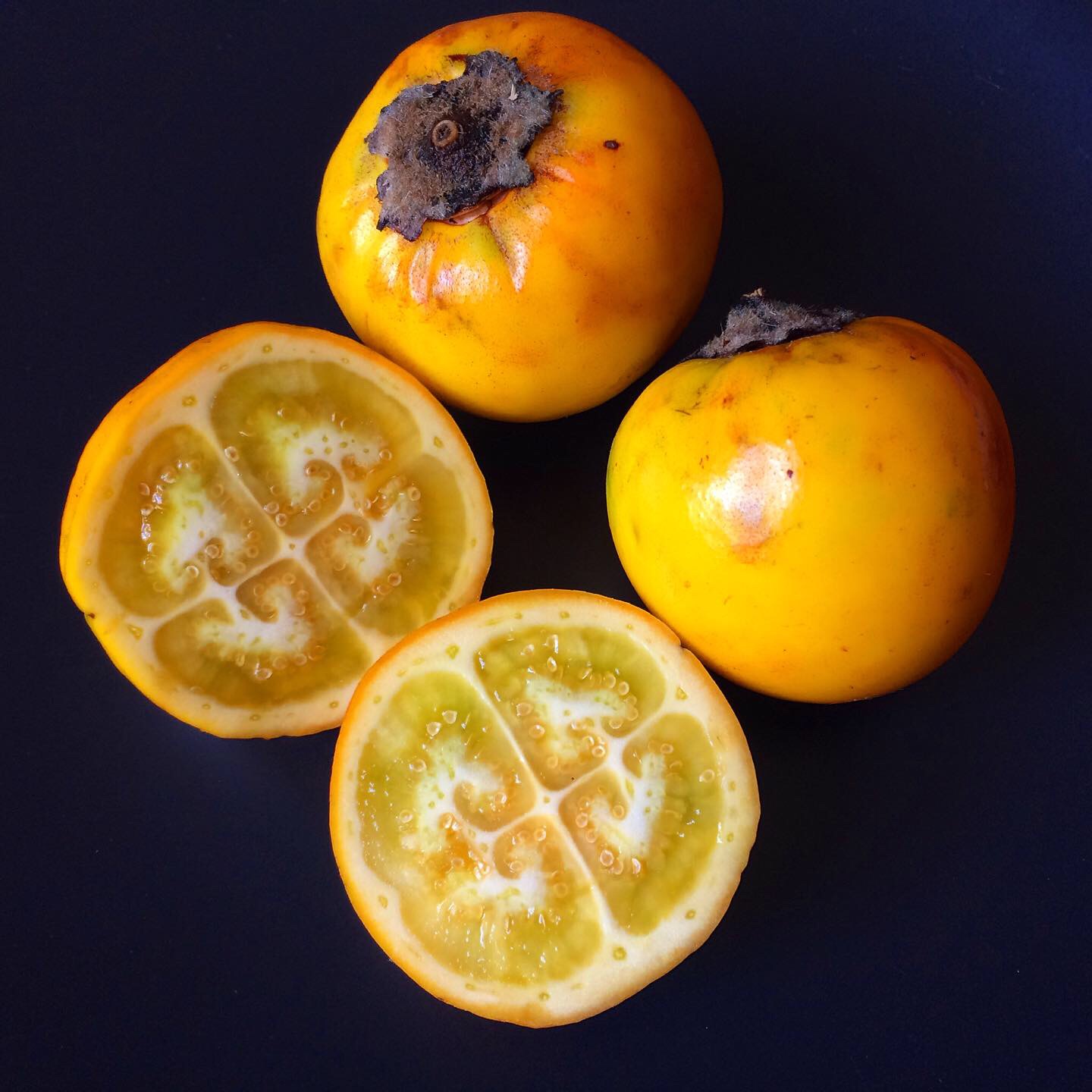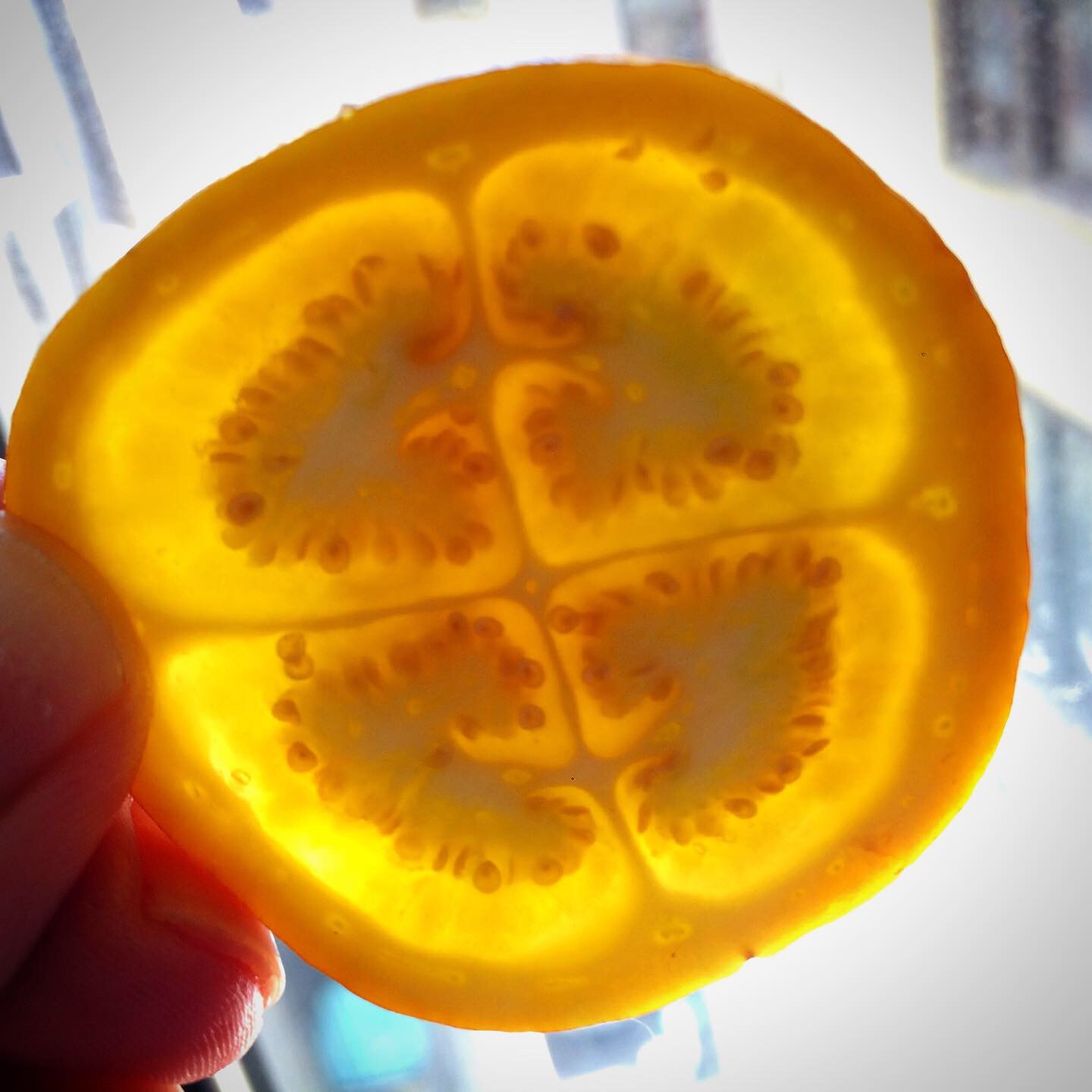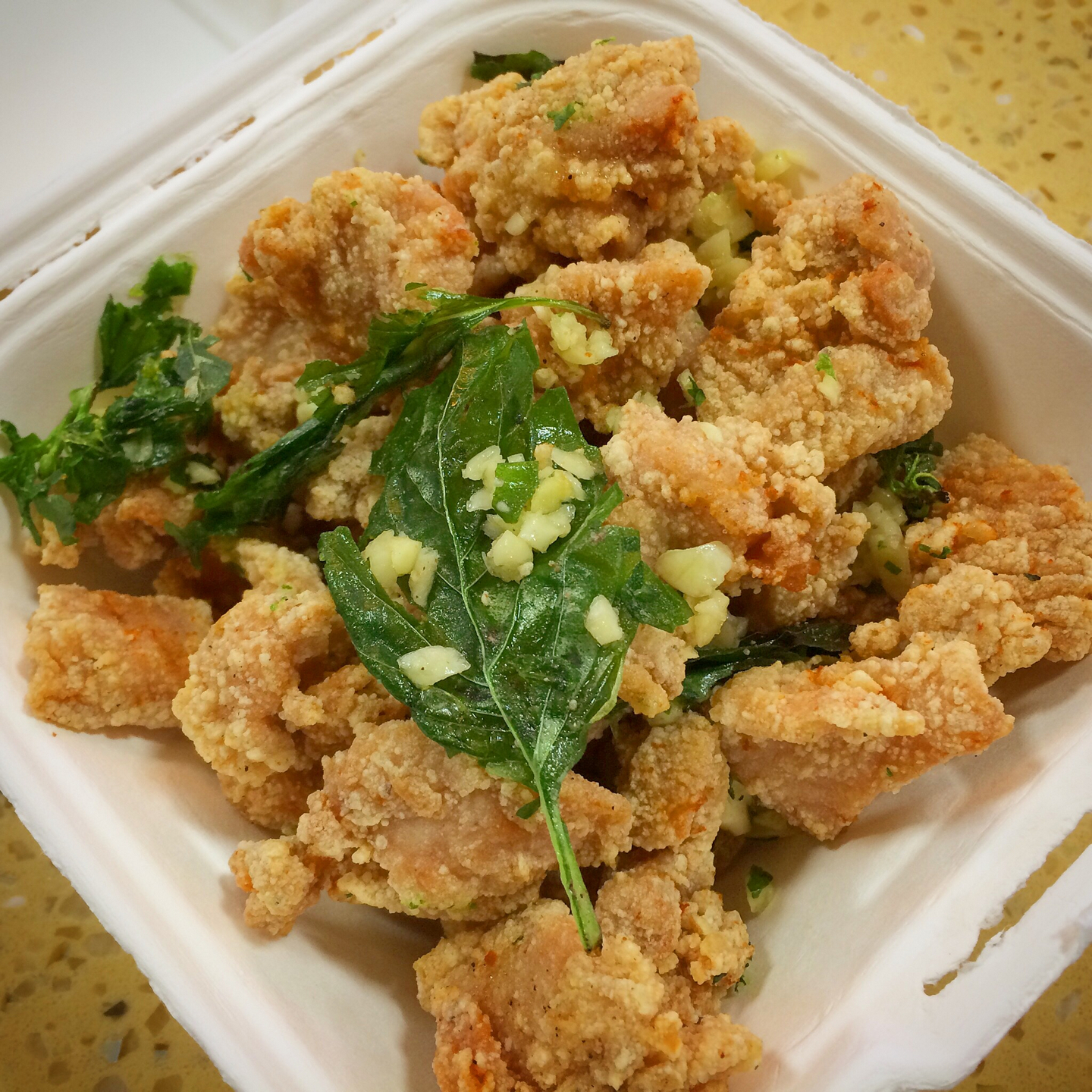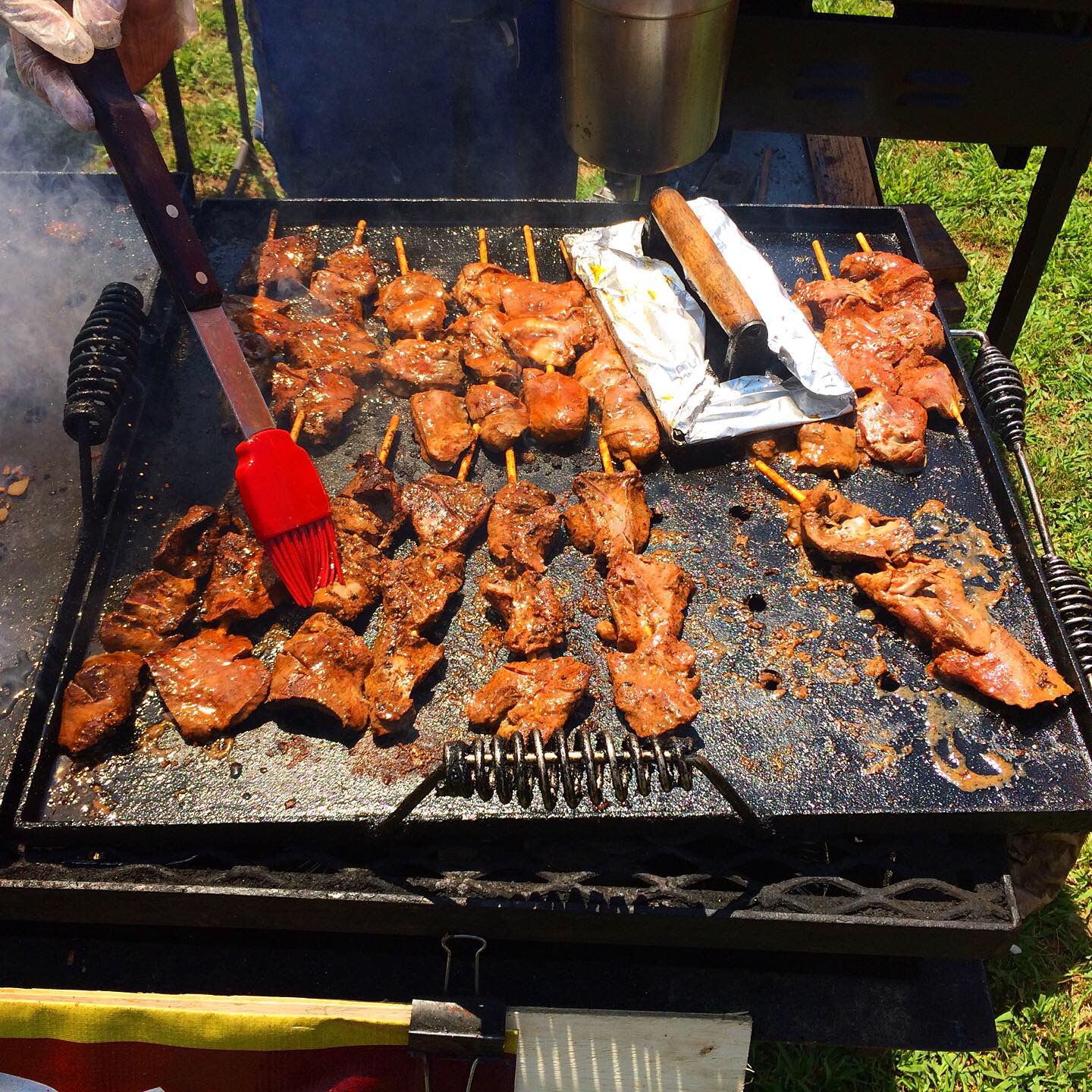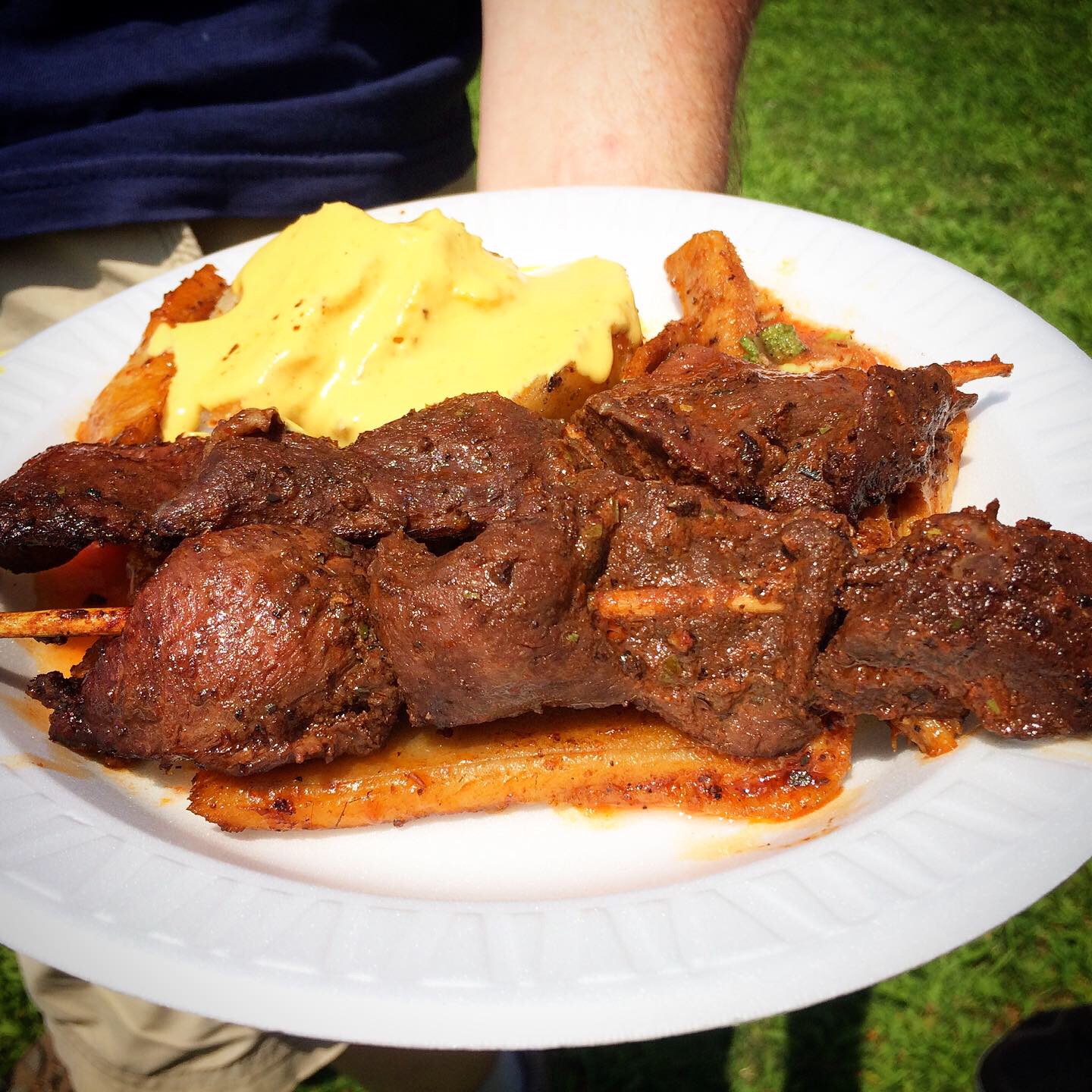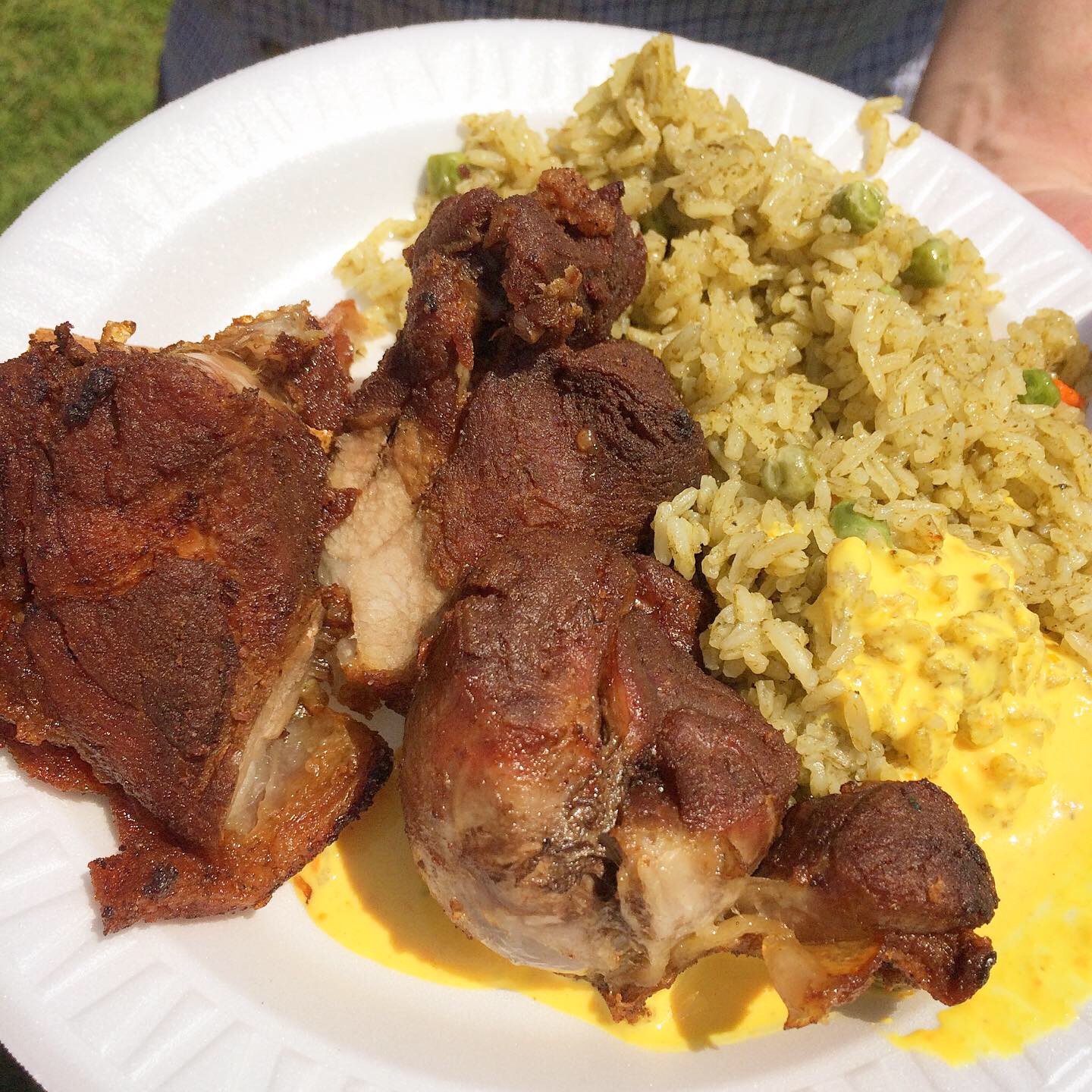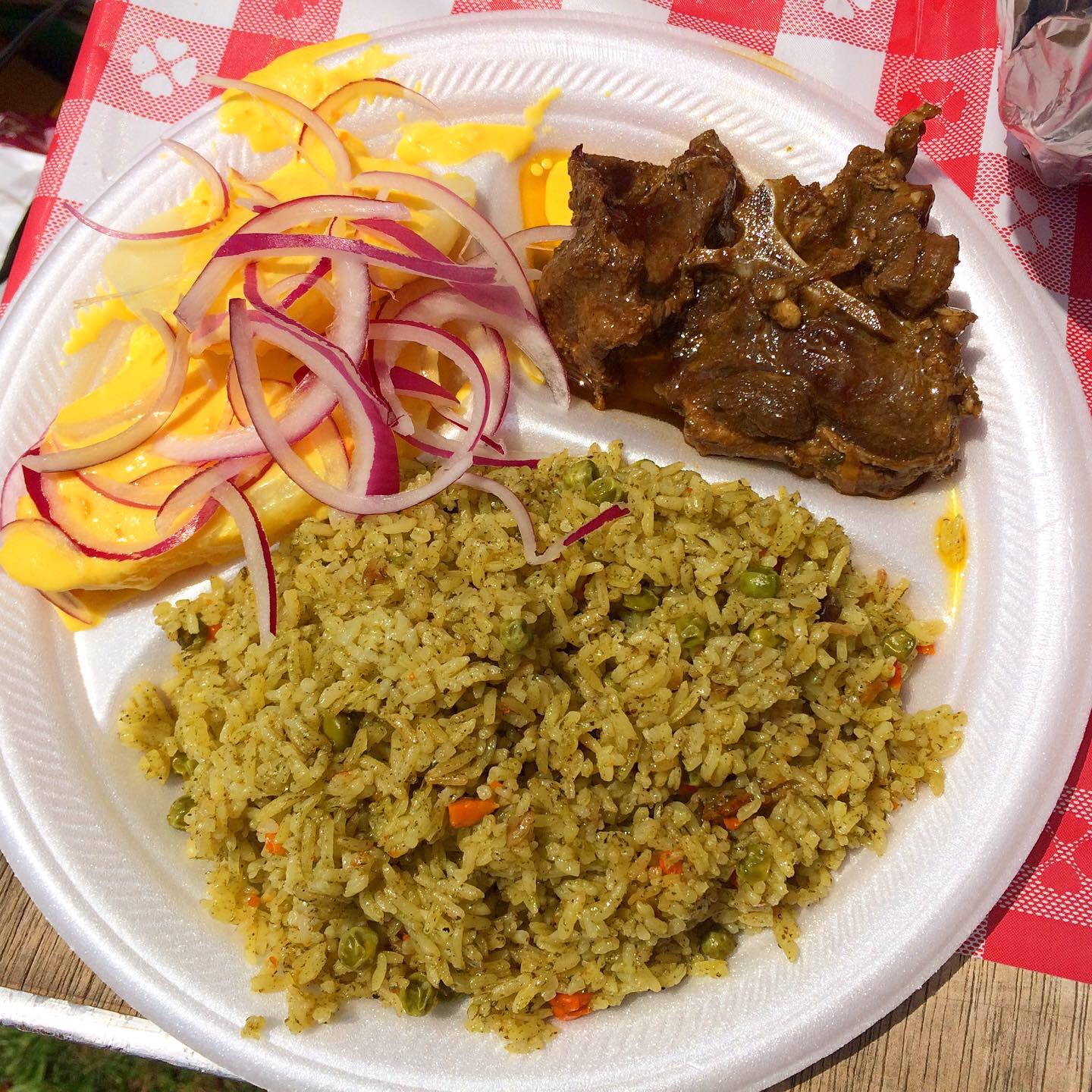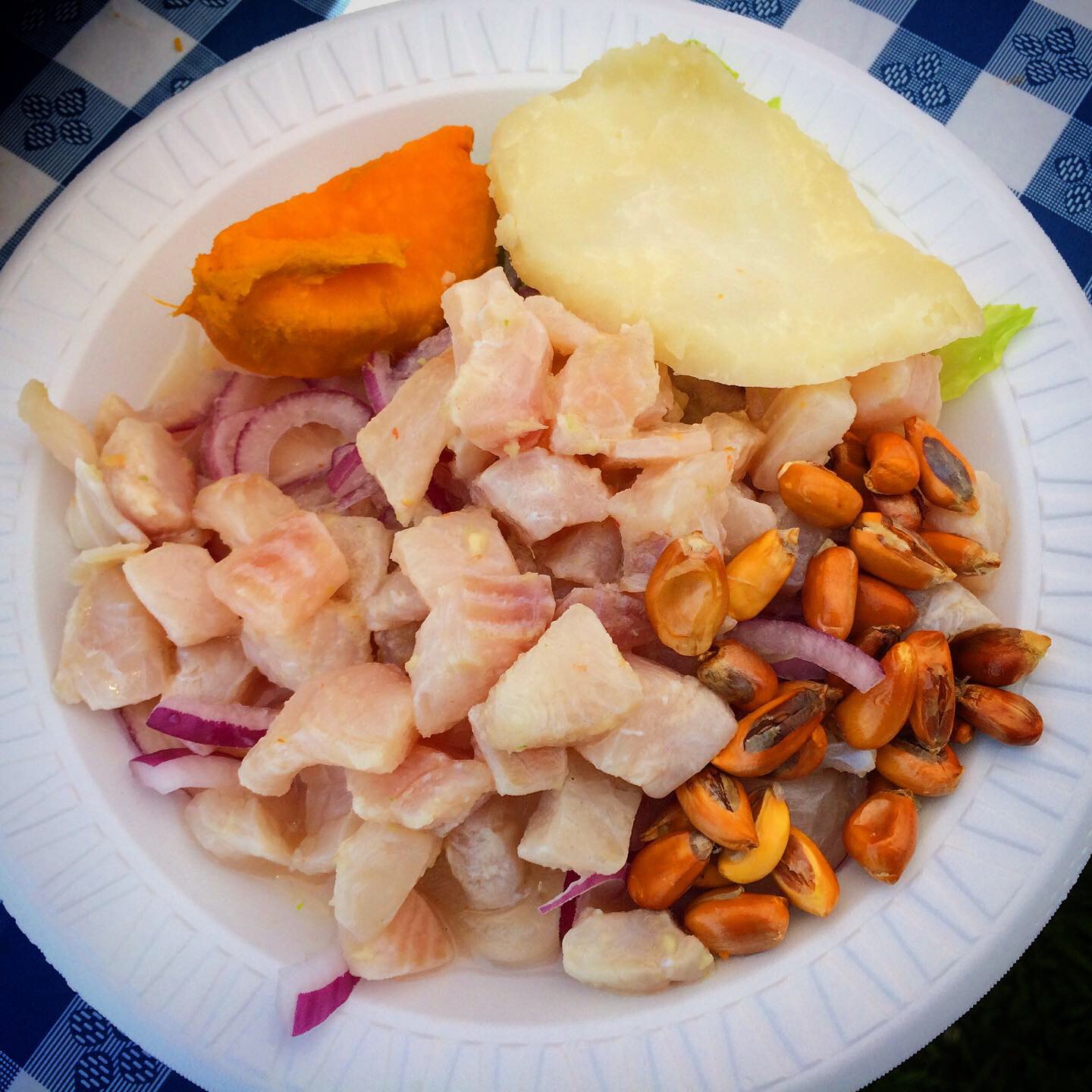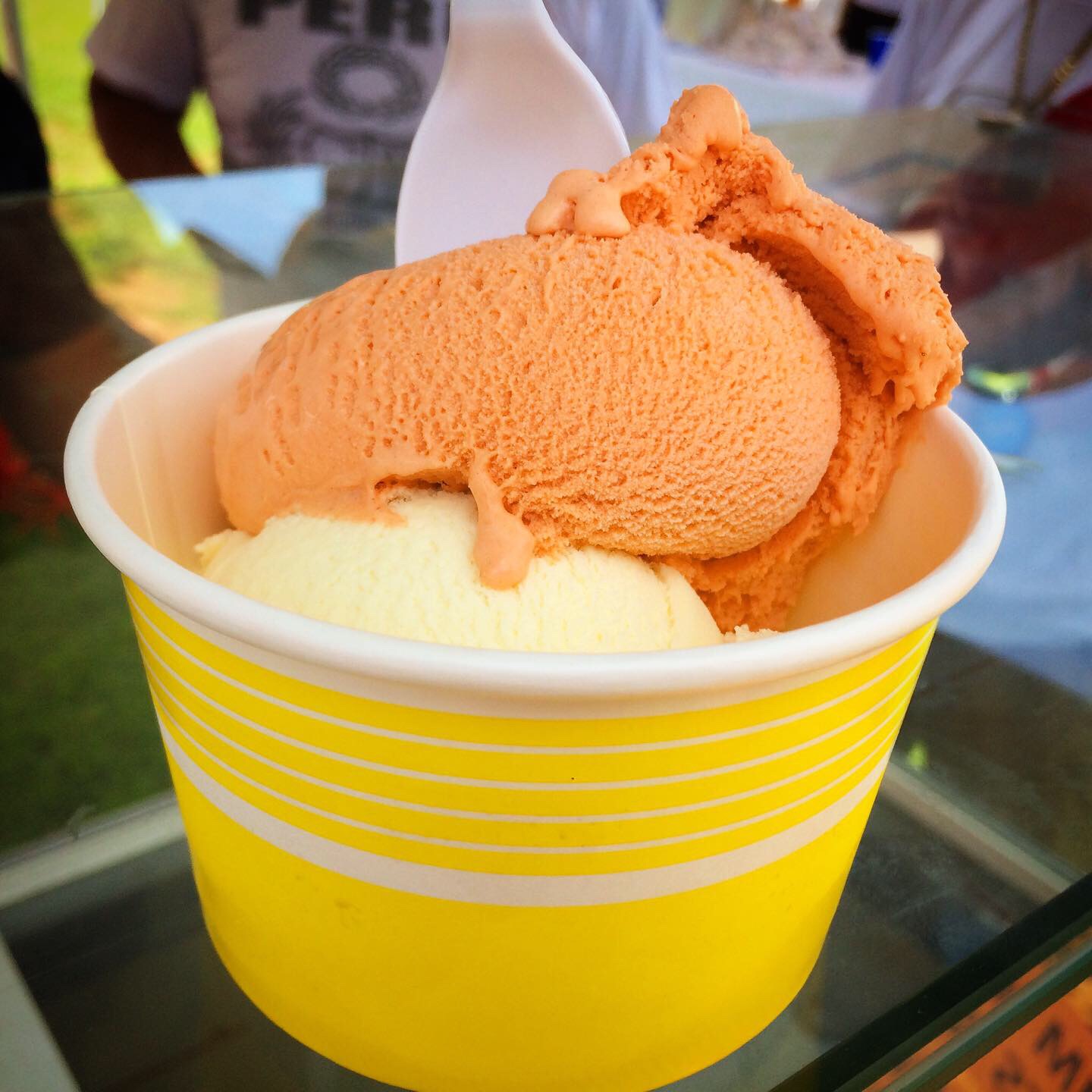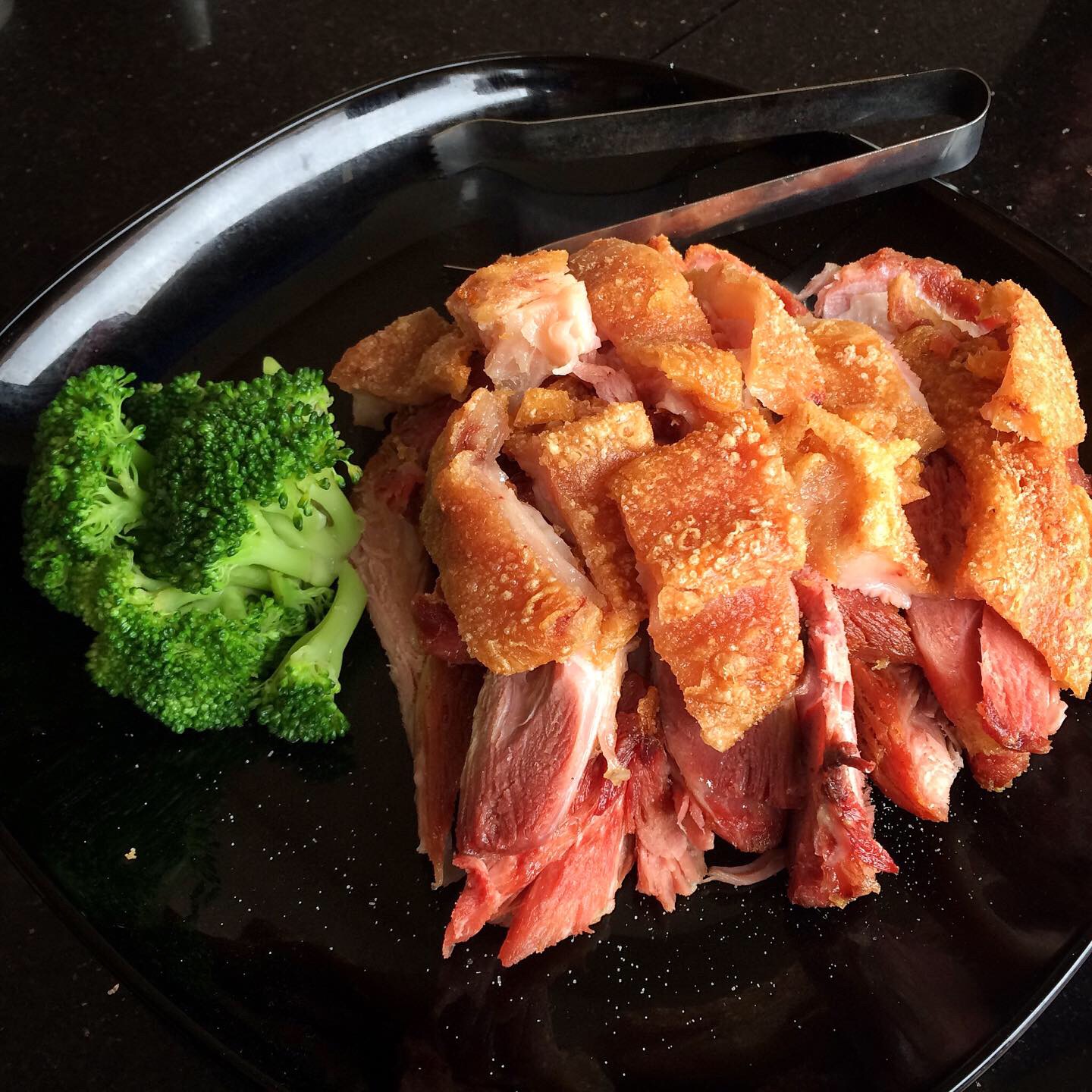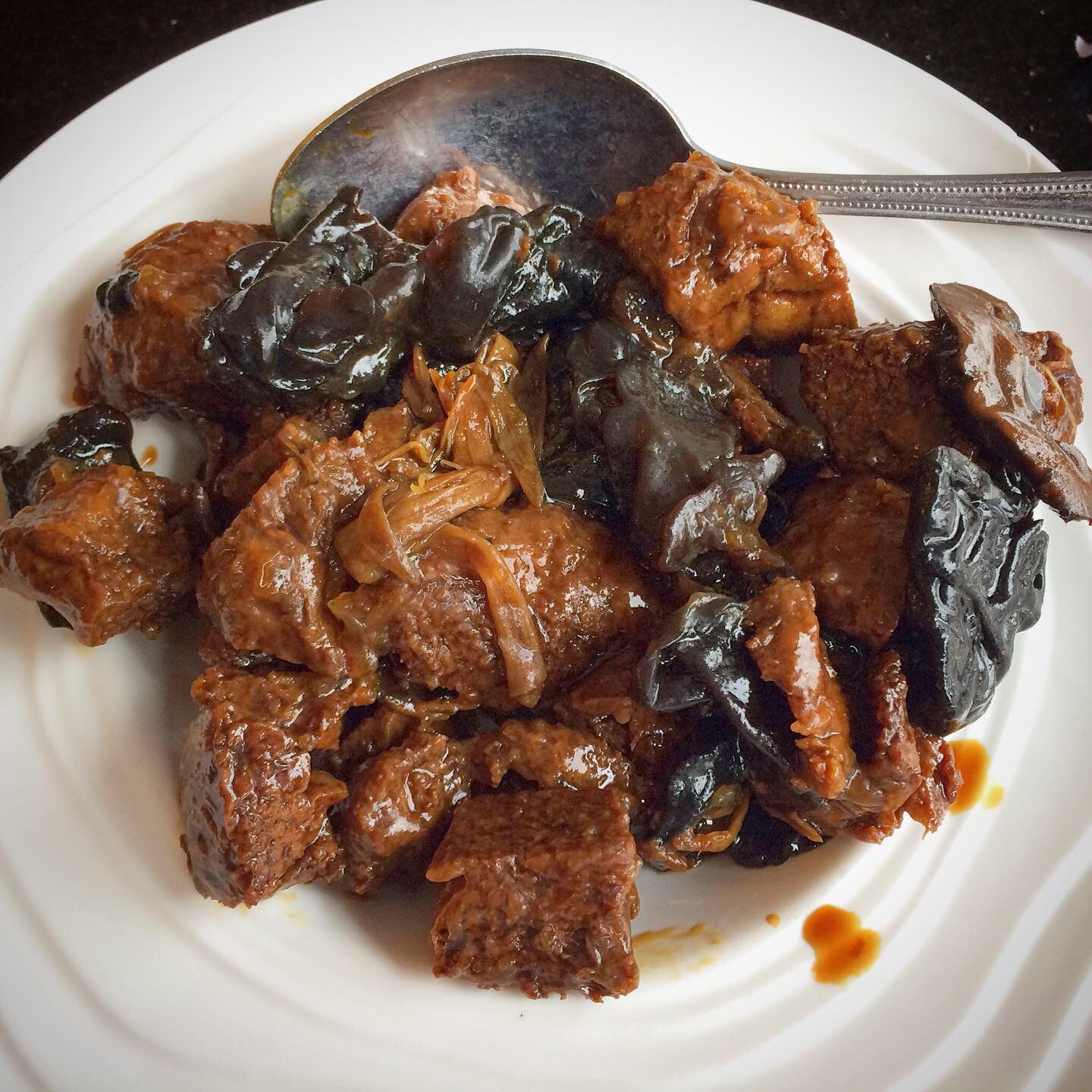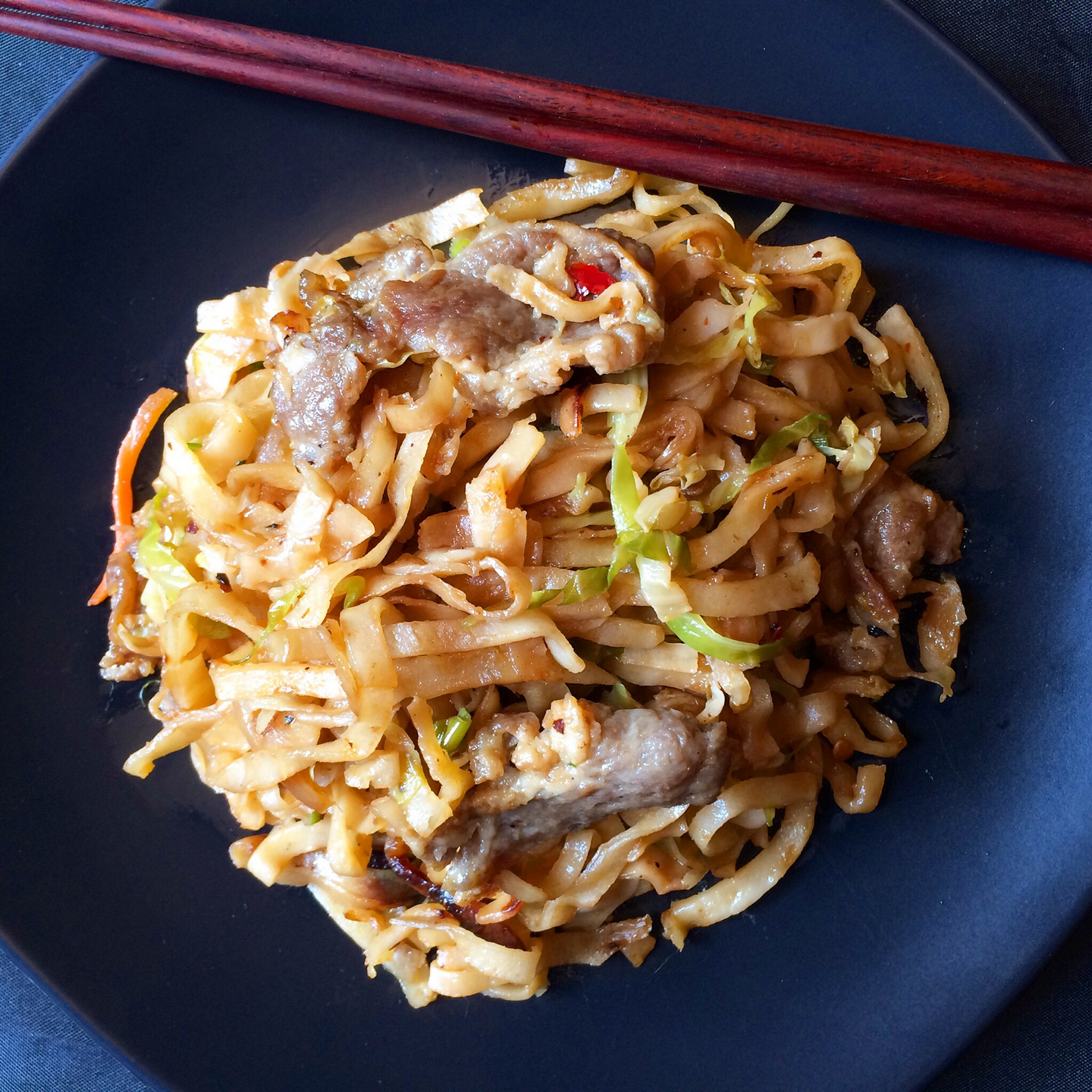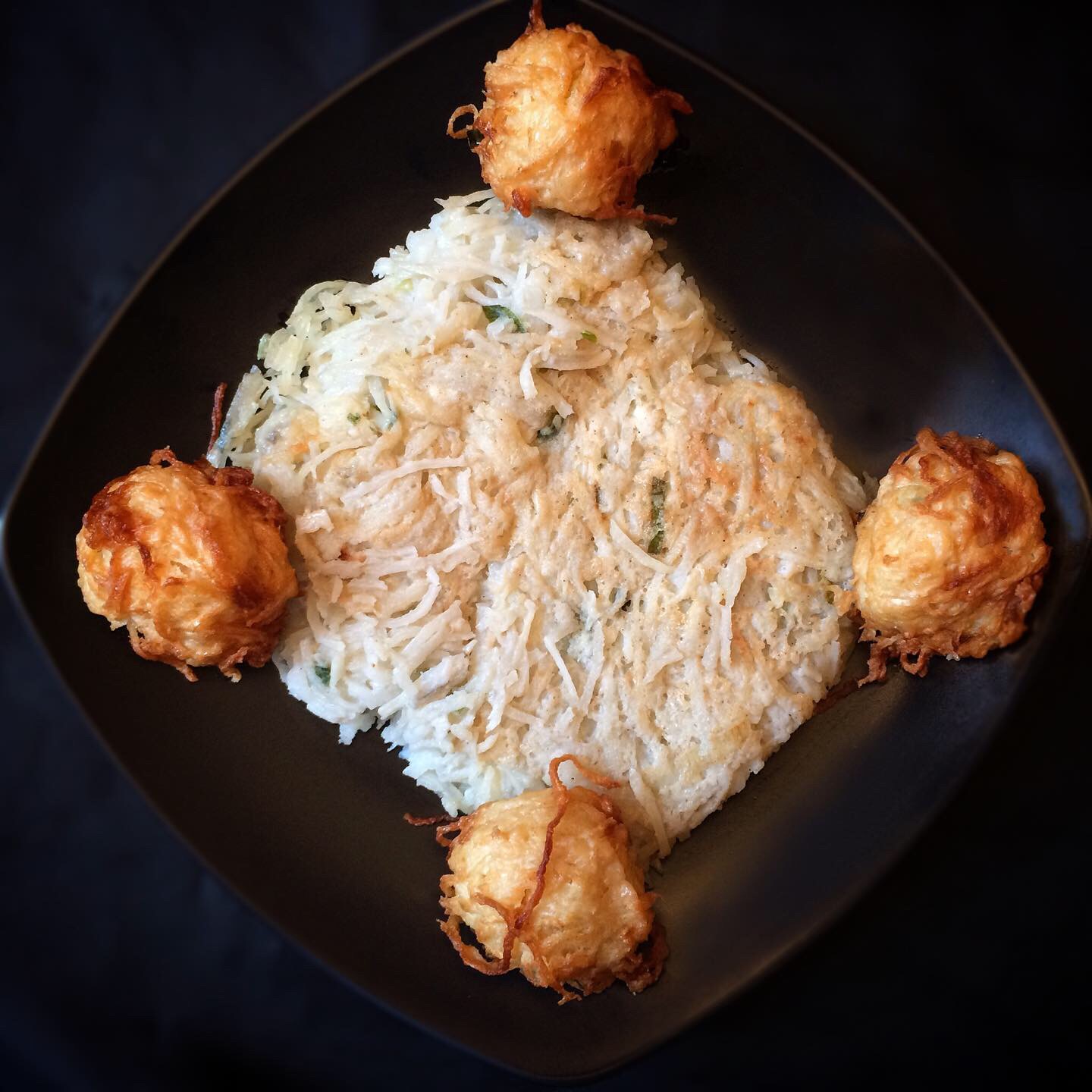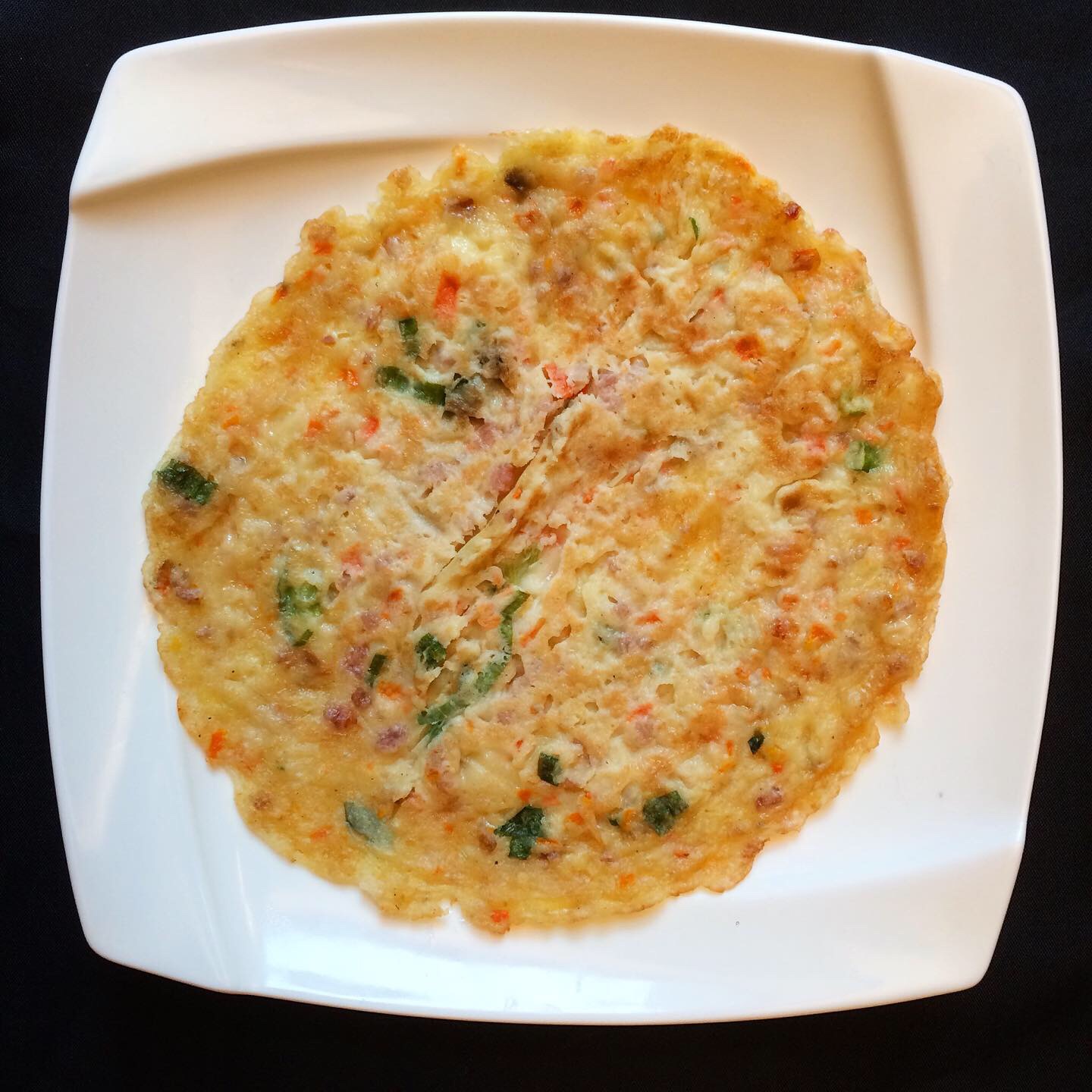Instagram Post 8/8/2019
I spotted the sign months ago on one of my visits to HK Food Court at 82-02 45th Ave, Elmhurst, when it initially opened. The photo, pinned up at Stall #12, Just Noodles, was vaguely reminiscent of Devils Tower, the recurring mountain image in the movie Close Encounters of the Third Kind. For some reason, I felt compelled to order it.
(Click on any image to view it in high resolution.)
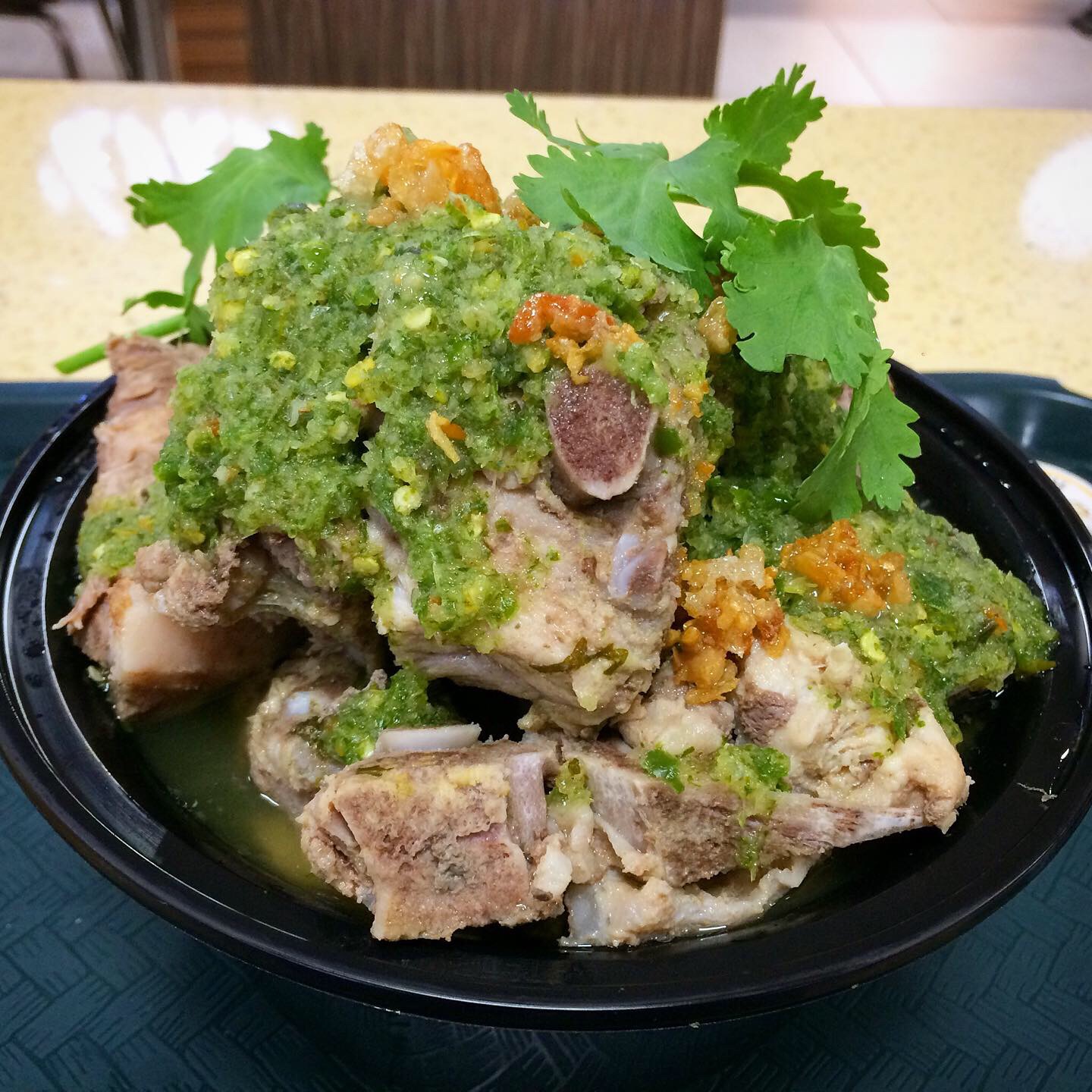
This is Leng Zaap, stewed pork spine, culinary and anatomical cousin to pork ribs, and one of those dishes that requires a certain amount of patience and time to navigate thoroughly. The spicy broth/sauce in which the bones were steeped conveyed the quintessential flavor of Thailand that you’d expect from folks who clearly know their way around the kitchen. Good eats.
I brought home what remained of the spine along with any meat that was still clinging to it and concocted a Thai bone broth amped up with some of the remaining sauce; it wasn’t bad considering the bones had already given their best to the stew. I noticed that Instascribe gustasian also ordered this dish on another occasion and hers was presented in a decorative shiny silver Thai hot pot style tureen. Mine just came in the plastic bowl you see here ☹️. Musta been something I said.

